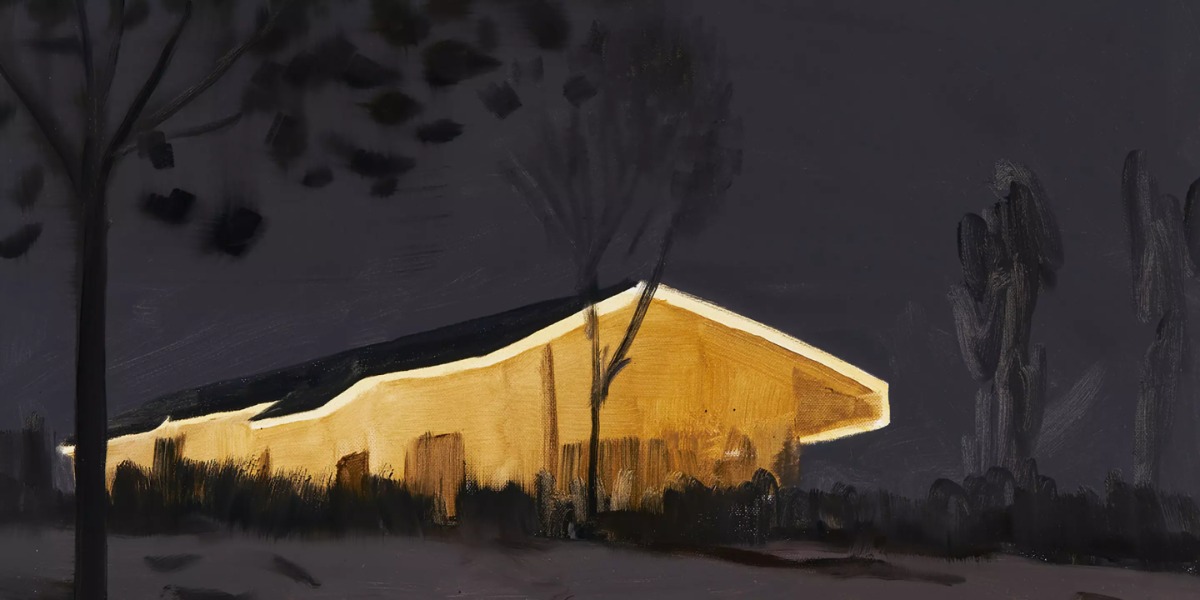
What to see in the Baltics
Must-see art exhibitions in September-October, 2024
September is traditionally one of the most event-packed months in the Baltics. Theater and film festivals, exhibitions, and art fairs all vie for the audience’s attention. The real winner in this competition is the viewer, along with the growing quality of these events. In Riga, the Survival Kit 15 contemporary art festival is opening, Art Fair Foto Tallinn is in full swing in Tallinn, and in Vilnius, the largest art fair in the Baltics, ArtVilnius, is in preparation. And these are just the cherries on the extensive art cake. So, what else can we expect this season?
ESTONIA, Tallinn
Kai Art Centre
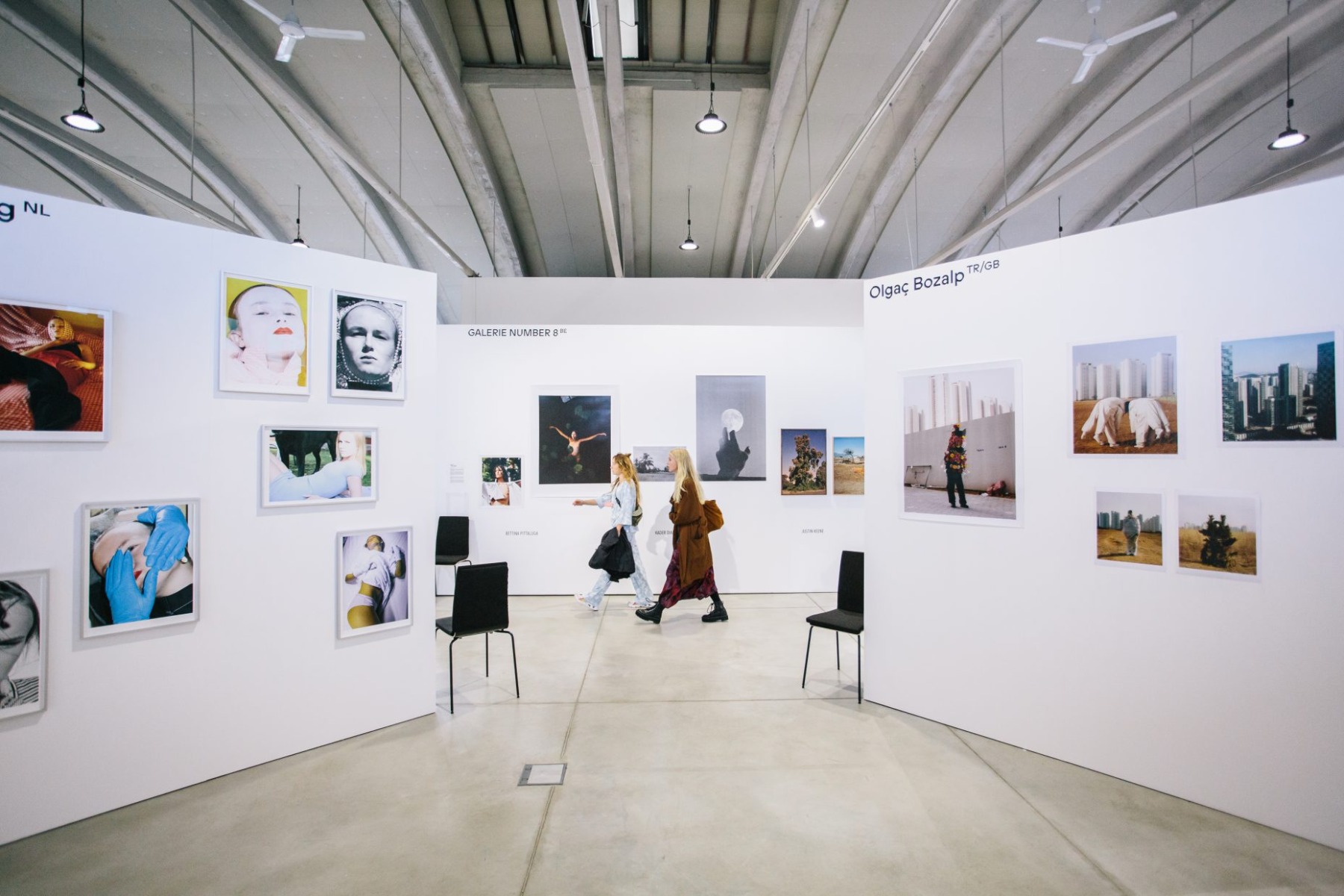
Art Fair Foto Tallinn
6-8 September
Foto Tallinn is a biannual international photographic art fair that presents the latest contemporary photography selected by a professional jury and creates an opportunity for the art audience to see, buy, and collect fresh photographic art. For professionals in the field, Foto Tallinn offers a platform for collaboration and discussion, meetings with the art audience, and the presentation of their work to art enthusiasts. Curated tours, meetings with artists, lectures and seminars, book presentations, and much more will take place within the framework of the fair.
The curator of Foto Tallinn 2024 is Isabella van Marle, and the main organizers are Helen Melesk and Kadi-Ell Tähiste. The fair is organized by Foto Tallinn, the Estonian Union of Photography Artists and the Estonian Contemporary Art Development Center. This year, the 11th edition of the photographic art fair takes place September 6-8 at the Kai Art Center.
8th Tallinn Applied Art Triennial 'Translucency' (2021). Photo: Hedi Jaansoo
The Fine Lines of Constructiveness
5 October - February 16
The main exhibition of the 9th Tallinn Applied Art Triennial The Fine Lines of Constructiveness is open at the Kai Art Center from 5 October 2024 until 16 February 2025.
The exhibition features artists from the Baltic and Nordic countries, representing fields of applied art and contemporary craft, including a variety of techniques and materials.
The main exhibition of the triennial is curated by Maret Sarapu, focusing on constructiveness, rebuilding and moving towards solutions. “For me, constructiveness is, above all, a willingness to experiment, to look for unexpected collaborations, to innovate and make something new,” says the curator. “Constructiveness can emerge when means are scarce, energy low or when it is understood that we need to be gentle with one another.” It can also appear in natural clear-mindedness. Constructiveness does not mean merely “pointing to the sore points in society” and stopping there. So, the exhibition includes works that showcase individual or collective methods to move towards solutions.”
Kumu Art Museum
Leonora Carrington, Ajusco 2 a.m, 1987, oil on canvas © The Phoebus Foundation, Antwerpen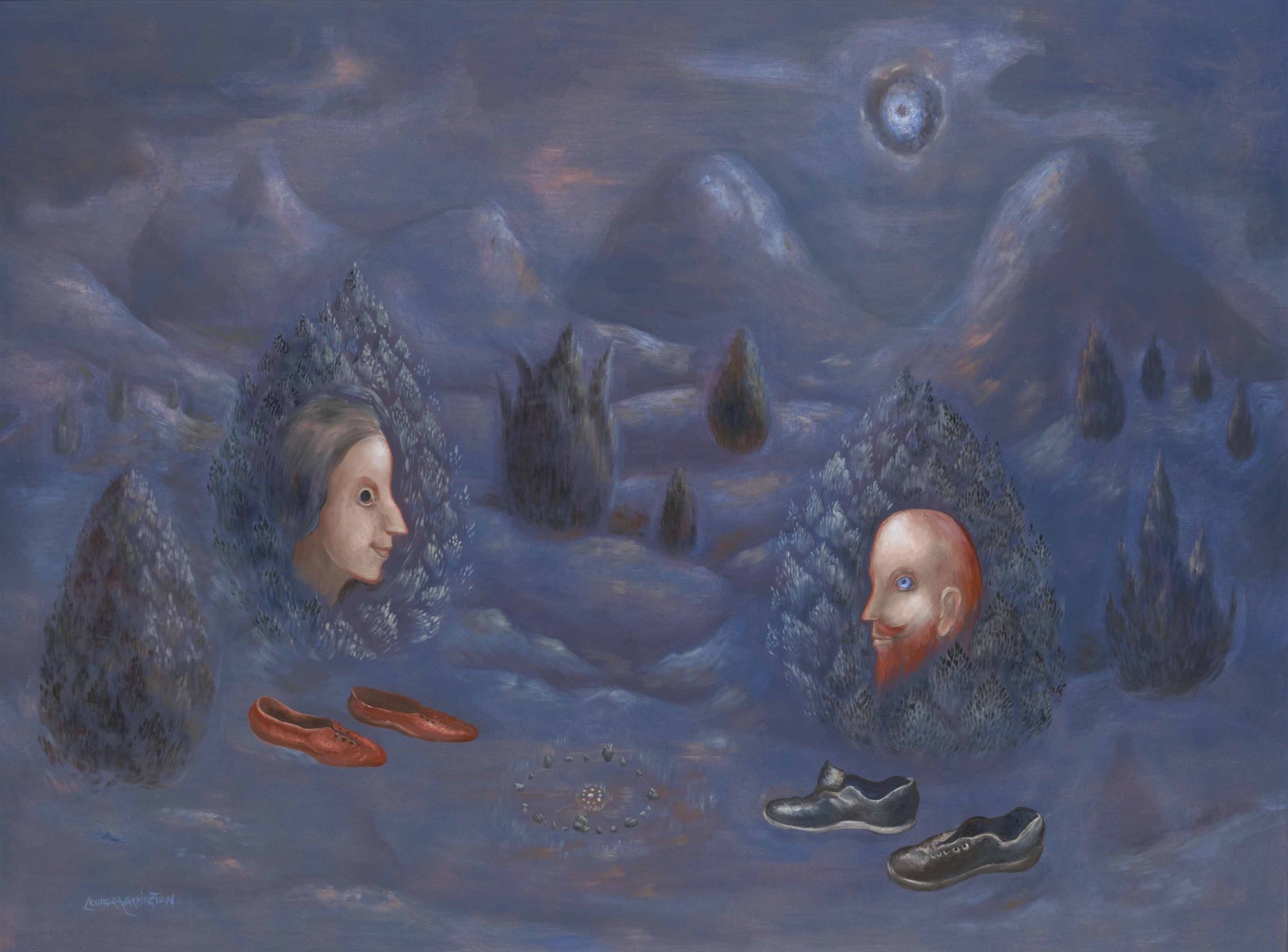
Leonora Carrington
Until 3 November
The British-born artist Leonora Carrington (1917–2011), whose work attracted renewed attention at the 59th Venice Biennale in 2022, is one of the most interesting Surrealist painters and novelists. Carrington spent most of her life in Mexico, where she fled during the Second World War to escape the Nazi regime, to recover from a mental breakdown, and because of her complicated relationship with Max Ernst. The Kumu project space features seven paintings by Leonora Carrington from her Mexican period, which are characterised by her unique style and fanciful, symbolic imagery. The year 2024 also marks the 100th anniversary of Surrealism worldwide. The display of Carrington’s paintings in the 4th-floor project space is part of the exhibition History and Mystery: Latin American Art and Europe. Both exhibitions have been organised in collaboration with The Phoebus Foundation, from whose collections the works on display come.
Sirja-Liisa Eelma Mandorla II. 2024. Oil on canvas. Courtesy of the artist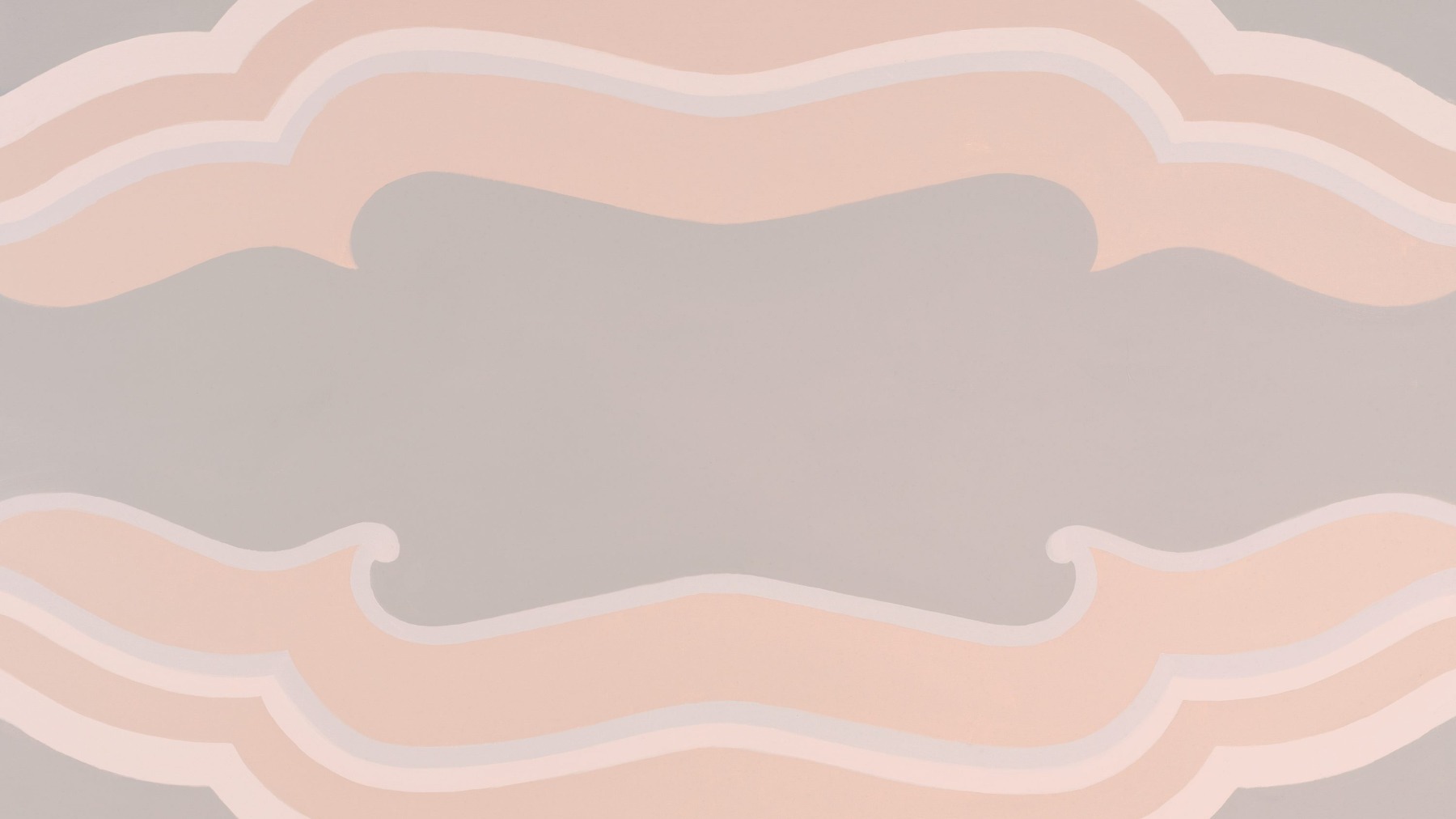
Sirja-Liisa Eelma. Longing for Lost Space
Until 30 March
Sirja-Liisa Eelma (1973) is a minimalist conceptual painter whose oeuvre mainly deals with emptiness, silence and the relationship between the visible and the invisible. Her art is characterised by meditativeness and gentleness, and her works offer the viewer space for moments of rest and introspection. Eelma is fascinated by the poetics of space. Her paintings and installations are often site-specific and based on the principle of seemingly repetitive images, as well as varying combinations of shades and motifs. The artist’s use of predominantly pastel colours is sensitive, considered and nuanced. The scenes in Eelma’s paintings often exude sacral lightness, transcendence and a yearning for a lost paradise.
Eelma is interested in space that is not yet full of meanings, space that existed before us. Her art includes references to different epochs, architectural styles and interiors, yet she does not pursue historical accuracy. The initial impulses for the exhibition Longing for Lost Space were a sense of silence and timelessness emanating from 19th-century Biedermeier interiors, and the possible meanings and interactions between hidden and visible spaces.
Tallinn Art Hall
Exhibition view. Photo: Paul Kuimet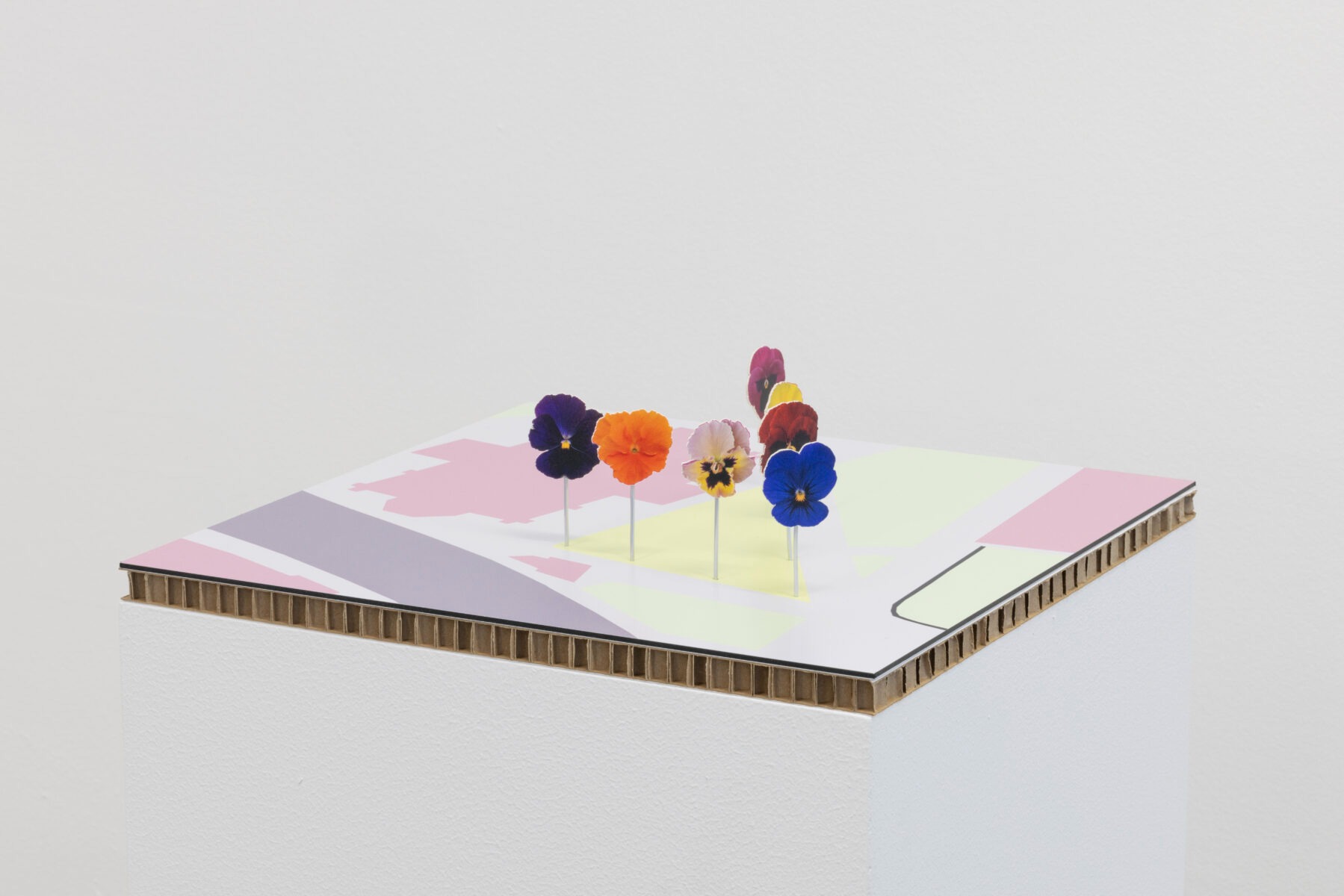
A Place Between Night and Day
Until 17 November
Featuring the works of artists Ann Pajuväli, Saskia Fischer and Sirje Runge, the exhibition invites visitors to reflect on the tension at the boundaries of space and time, fostering a fertile in-betweenness from which new spatial experiences can emerge. The exhibition is curated by Brigit Arop. The exhibition delves into the complexities of urban space, architecture and personal space, presenting a range of perspectives and focal points. Modernist, poetic and queer feminist viewpoints sometimes clash and at other times intertwine, unravelling the cultural and social values embedded in urban environments, visions that oscillate between the past and future, and personal memories of navigating the city. The exhibition centres on the ideas of space and presence. Ann Pajuväli depicts abstract personal spaces and urban environments in her works, Saskia Fischer focuses on power structures within the urban landscape, and Sirje Runge, throughout her creative journey, has painted architectural, geometric and minimalist spaces. A key theme running through the exhibition is rooted in feminist geography, which explores the embodied experiences of marginalised groups within urban spaces.
Ülo Pikkov, 'Body Memory', 2011, animated film, 9. Photo: Margarita Ogolceva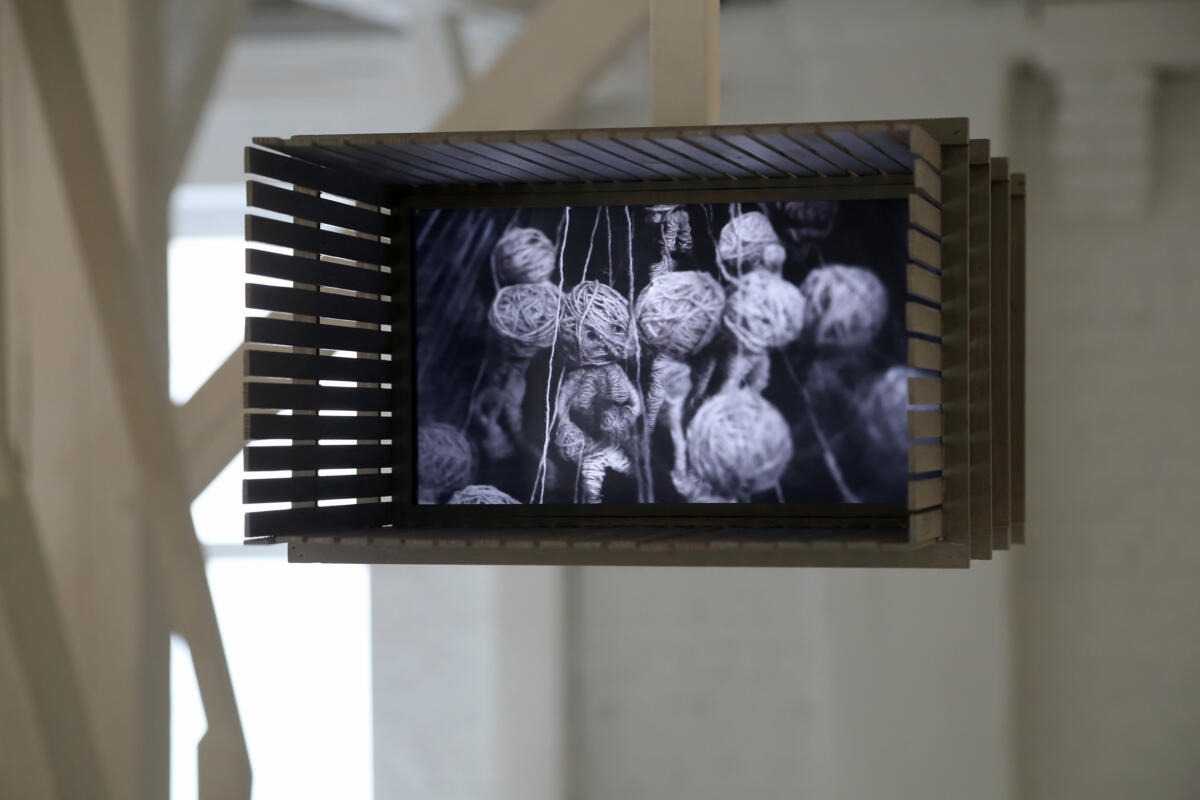
Difficult Pasts. Connected Worlds
Until 20 October
The exhibition, curated by Margaret Tali and Ieva Astahovska, delves into the themes of solidarity, empathy and the enduring legacies of historical trauma. The exhibition includes works by artists from the three Baltic countries, as well as Ukraine, Poland, Finland, Norway, Germany and the Netherlands. Their works address the often-silenced and uncomfortable pasts in the Baltic States and Eastern Europe. Recent wars have shifted our understanding of history and highlighted how present-day normalisation of violence often stems from unresolved traumas of the past. Difficult Pasts. Connected Worlds brings together these challenging, uncomfortable, and frequently overlooked histories, including violent conflicts, painful losses. and their long-term legacies.
Curators Margaret Tali and Ieva Astahovska explain: “Our aim as curators has been to rethink how art can enhance global connectedness, make minority perspectives easier to understand and foster empathy”. The experiences depicted by the artists are often forgotten or ignored, and excluded from mainstream histories. The artists in the exhibition recount these experiences through individual stories, family histories and archival research, while also addressing collective cultural memory. The artworks focus on solidarity and understanding by forging new geographical and temporal connections between events and processes, and by exploring ways of healing inspired by the past. The exhibition was previously presented at the Latvian National Museum of Art in Riga in 2020 and at the National Gallery of Art in Vilnius in 2022.
Fotografiska
Wind Form, Phanta Firma, 2018 © Prue Stent & Honey Long
Nude
13 September – 5 January
In art we have mostly been presented with the same kind of nude through history – the generally considered beauty of the time. A consideration most often decided and depicted by men, for an audience of men. What if we could press reset here and now, and see what this new contemporary nude looks like, how it is used, and what it tells us about society today, free from its biased historical constraints. Autumn at Fotografiska begins with a powerful start – on September 13th, the exhibition 'NUDE' opens its doors, showcasing the work of 32 female artists exploring the theme of the nude body. Among them are Estonian artistst Cloe Jancis and Marlen Kärema. Through various creative approaches, the exhibition breaks away from traditional depictions of the nude body, presenting it in all its shameless honesty and glory, with contemporary freshness and freedom from constraints, all seen through the female gaze. The result is an environment where expected roles no longer apply, habitual perspectives shift, and power hierarchies are overturned.
EKKM
Ene-Liis Semper. Portrait made by Estonian artist Laura Kallasvee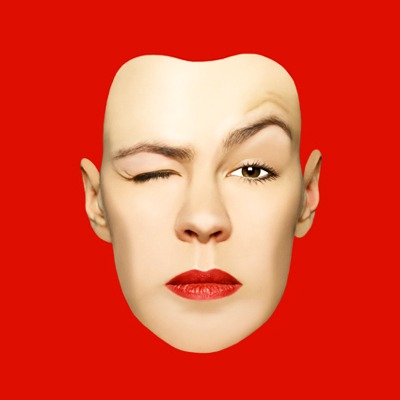
Ene-Liis Semper’s solo exhibition
4 October – 15 December
The season ends with a solo exhibition by Ene-Liis Semper who is better known today as a scenographer and stage director, but who gained international recognition as an installation and video artist in the 1990s and 2000s. Semper’s latest solo exhibition took place at the Kumu Art Museum in 2011. For the exhibition that will open in EKKM on 4 October, Semper builds an environment of new works, mixing different disciplines in a versatile author’s position.
Temnikova & Kasela Gallery
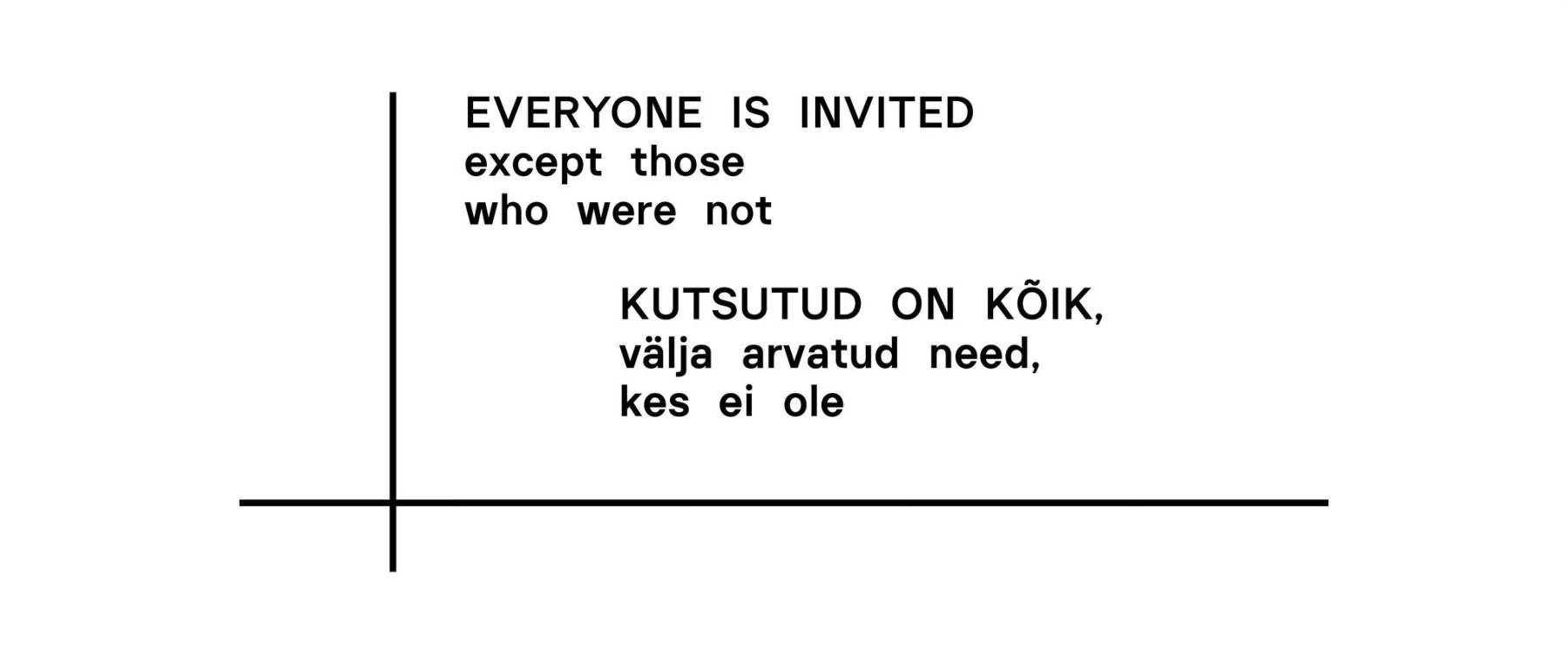
Inga Meldere, Dafna Maimon, Kasia Fudakowski, Lieven Lahaye, Anu Vahtra. Everyone is invited except those who were not
Until 19 October
Experimental group exhibition ‘Everyone is invited, except those who were not’ features the works of artists Inga Meldere, Dafna Maimon, Kasia Fudakowski, Lieven Lahaye and Anu Vahtra. Exhibition initiator Olga Temnikova:“The more I learn about both personal and historical aspects of the art world, the more I find it impossible to overlook the underlying power dynamics and favoritism within the structures of curated shows I visit. I am not against it, it’s human, and I am surely not an outsider to these systems. Observing these patterns grew into an obsession. To the point where I decided to ‘curate’ a show based on an open structure, not putting any boundaries on the show’s topic, but instead to concentrate on friendly links between artists, and hope for the best. In this experimental group show I selected an artist and invited her to choose the artist she wanted to invite next along with asking her to dedicate and present the artwork to this next artist. The second artist responded to the first’s with their own work, and passed this on to another and so on. The idea was also to keep it easy, playful, and summery. There were really no limitations, I simply did not want this end-of-summer show to be a burden, but rather a reason to be in touch and play together”.
Adamson-Eric Museum
Urmas Lüüs. Object from the series Yet Another Example of the Porousness of Certain Borders. 2021. Courtesy of the artist
(Un)Balanced
Until 13 October
This exhibition invites us to reflect on how to maintain balance in life and cope with change and difficulties. The exhibition features works by eight contemporary artists, all of which, in one way or another, explore the concept of balance. How can we find a balance between worries and joys, work and leisure, dreams and commitments, anxiety and peace of mind? The works on display include a set of evocative photos by Karel Koplimets and a display of sombre objects by Urmas Lüüs, as well as delicate ceramics by Ingrid Allik, vibrant glass mosaics by Maret Sarapu and humorous photos by Sigrid Viir.
Maintaining inner peace and balance has become increasingly difficult in our complex and turbulent world. In recent years, our sense of security has been shaken by the Covid-19 pandemic, war and the climate crisis. All of this has had a direct impact on individual well-being. In addition to social instability, peace of mind can be affected by changes in brain chemistry and lifestyle choices. In the current era of crisis, resilience is key: how to survive and adapt to new circumstances without harming oneself. Even when balance is found, it is always fragile and can be easily lost. This exhibition focuses on maintaining balance, which is undoubtedly one of the key skills for coping with change and difficulties, and maintaining a sense of well-being.
Urmas Lüüs. Object from the series Yet Another Example of the Porousness of Certain Borders. 2021. Courtesy of the artist
ESTONIA, Tartu
Kogo gallery
Photo: Luisa Greta Vilo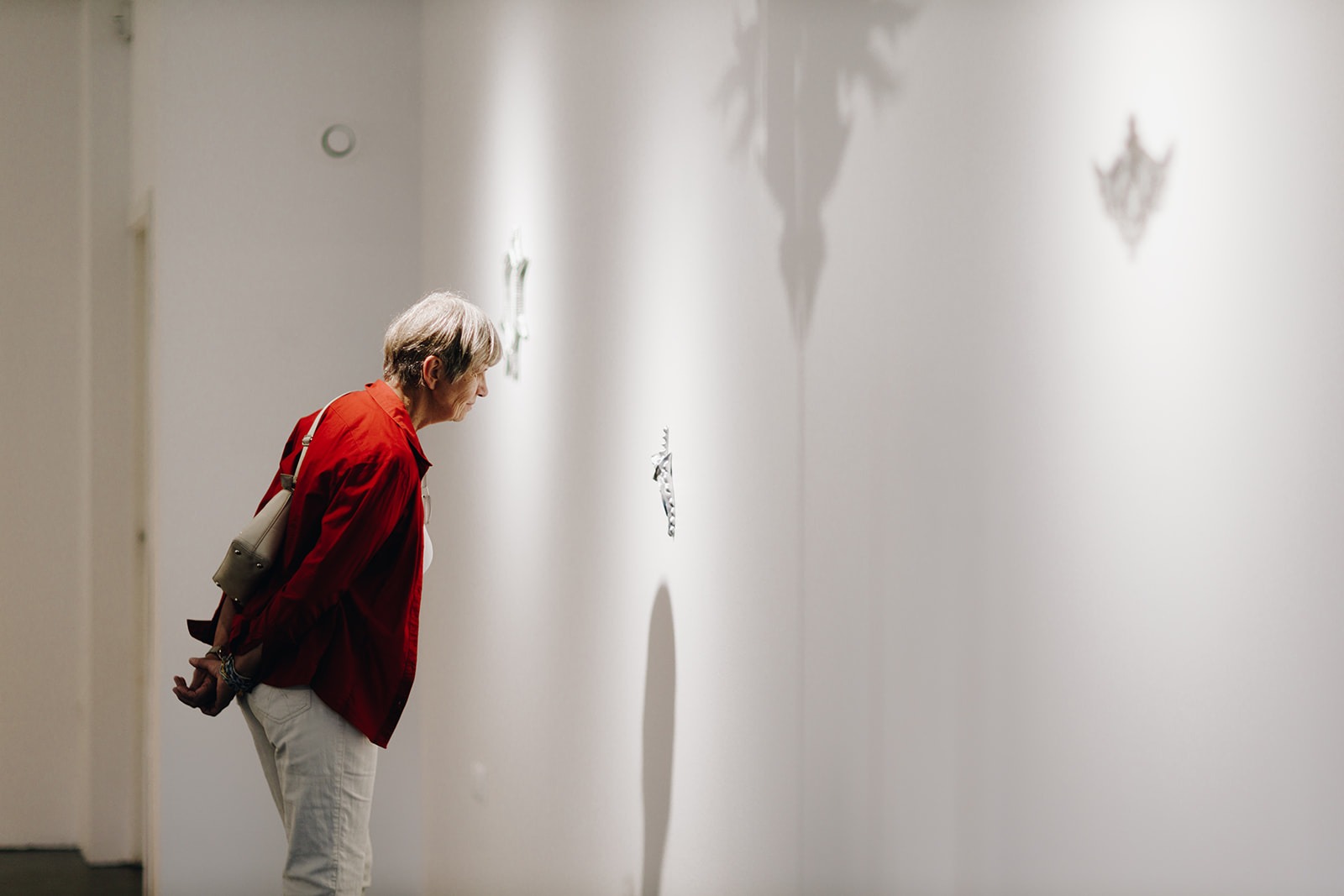
Aleksandrs Breže. Succumbing to Temptation
Until 12 October
Kids tend to imagine different natural and man-made objects as things to play with. They become characters of the child’s imagination – without attention to the initial purpose. For Latvian artist Aleksandrs Breže, environmental design and the functionality of the objects we surround ourselves with are the main sources of inspiration. He enlivens pieces of furniture and interior elements by playing with associations and blending boundaries between traditional and futuristic aesthetics. Lasered, welded, screwed and suspended – his sculptures all have the propensity to create a captivating feeling of uneasiness, of something that twists our subconscious mind, prejudices and relationship with those aspects of life connected with the term faith.
Sharp edges and flame-like silhouettes somehow translate the forbidden that is often the most desired. We’ve heard from the bible, and TikTok keeps reminding you, that a man is just a man, with all his flaws, doomed to mortality. When entering adulthood, we learn new ways of play and form new types of relationships to the world. Suddenly we are exposed to a sea of responsibility and a never-ending search for purpose while all we can do is surrender to and dwell in the tempting pleasure of nothingness. The exhibition is organised in collaboration with LOOK! Gallery in Riga.
LATVIA, Riga

Survival Kit 15
Until 6 October
For the 15th time this autumn the Latvian Centre for Contemporary Art is hosing the Survival Kit festival in Riga – one of the most notable annual contemporary art events in the Baltics. The exhibition "Measures", curated by the festival's artistic director Jussi Koitela, will be open from 6 September to 6 October at three locations on both banks of the River Daugava - 4 Amatu Street, 34a E. Smiļģa Street and 4 Strazdu Street. The exhibition celebrates the different modes and temporalities of knowing by exploring material, cultural and social meaning within Riga’s urban context. It observes and investigates how the ecologies of knowledge that play an integral role in a city’s contemporary life, can help to create imagined narratives that shape the future of communal existence as we know it. Across new commissions and existing works, participants – both Latvian and international – respond to these various modes of knowing that weave their way into social, political and environmental spheres, as well as into our daily embodied lives. Making unexpected connections, ecologies of knowledge linger and meander through, soil, river, bodies, minds, buildings, infrastructures, and nature-cultures.
As every year, the festival will be accompanied by an extensive public and educational programme, keeping in mind the accessibility of contemporary art to different groups of society. Continuing the theme of the exhibition "Measures", the public programme of the festival invites artists and thinkers to reflect on the different forms of knowledge produced by the city and its communities. The Survival Kit 15 public programme, curated by Gundega Laiviņa, is divided into four episodes - "Artist" (11 September), "Place" (21 September), "Nature" (29 September) and "Future" (5 October) - held at all festival's exhibition addresses and throughout Riga.
Latvian National Museum of Art
Andris Eglītis. Work from the series “Through the Darkness”. 2023. Oil on canvas. Courtesy of the artist. Publicity photo
Andris Eglītis. Exhibition. Some Instances of Encounters between Imagination and Matter
Until 3 November
Andris Eglītis is one of the most prominent Latvian painters of his generation who also works with installation, sculpture and building. His painting neither demonstrates nor represents – it explores human beings and nature in their pre-hierarchical relationship. The artist’s gaze eschews judging images from an anthropocentric perspective, and his choice of material relies on the senses as opposed to intellectual considerations.
Perhaps the most significant feature of author’s painting is his interest in colour as a substance in its own right. Eglītis does not perceive colour merely as a tone – he listens to its story and gives it a voice, working in close collaboration with everything that surrounds him. When painting nature, artist allows it to be present in the process – the soil or algae that Andris Eglītis incorporates into the composition become active participants in his work. As artist listens deeply to the environment and avoids passing aesthetic judgements upon it, he is able to look into the very essence of painting. Espousing the unity between the painter and the painted, Andris Eglītis achieves probably the most radical form of landscape painting.
Jānis Deinats. Militia by the Supreme Council Building. Detail. 1990. Photograph. Courtesy of the artist. Photo: Jānis Deinats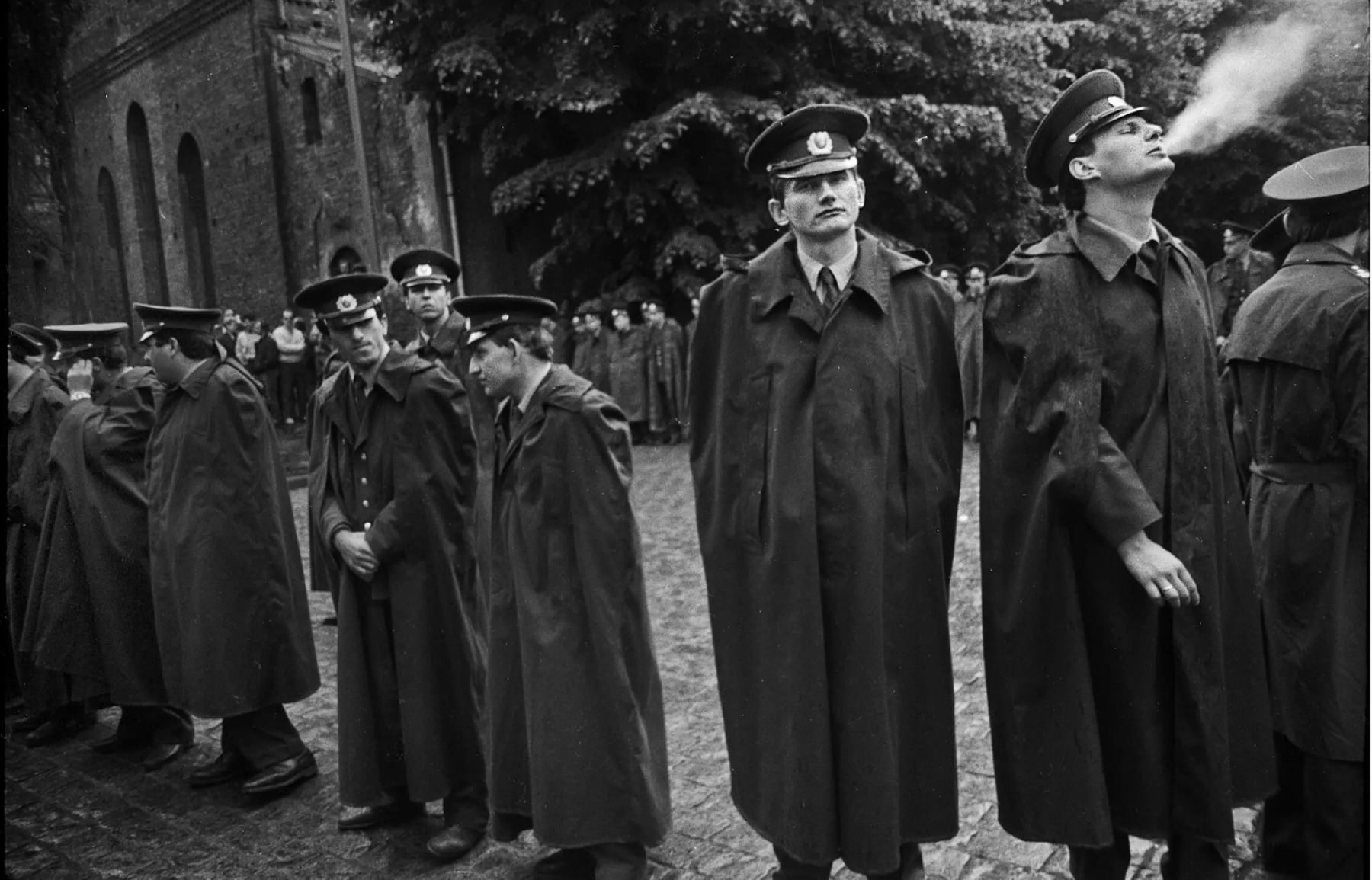
Jānis Deinats. The First Five Years
Until 24 November
“The First Five Years”, a solo exhibition of well-known Lavian photographer Jānis Deinats, offers a documentary story about the period before the regaining of Latvia’s national independence, when changes in society were still maturing, and the artist’s camera captured the observed scenes of the disintegrating socialist system. The title of the exhibition The First Five Years is related to the period of the creation of the works from 1989 until 1994, when Jānis Deinats’ photographic activity began. It ironically evokes memory of the popular slogan of Soviet economic planning, which urged Soviet society towards achievements.
A large part of the exhibition consists of images that seemingly represent nothing significant and whose message can only be understood from a certain distance. One would like to call the time depicted by the artist the “lyrical hero” of the show, which, with its remembrance substance, participates in the formulation of the nation’s identity. Capturing the departing socialism without pretention, the photographs create reports of accidentally experienced scenes that Jānis Deinats saw in the surrounding environment and that reflect the daily life of prosaic Soviet people, which (as it turns out) goes on in the context of important events. One such event was the vote of 4 May held behind the walls of the Supreme Council building, which was later to result in the restoration of Latvia’s independence. A time of ripening political change fixed in passing, without drama or sense of predicting the future, when the Soviet militia was associated only with a policing body that upholds the law.
Exhibition Hall ‘Riga Contemporary Art Space’
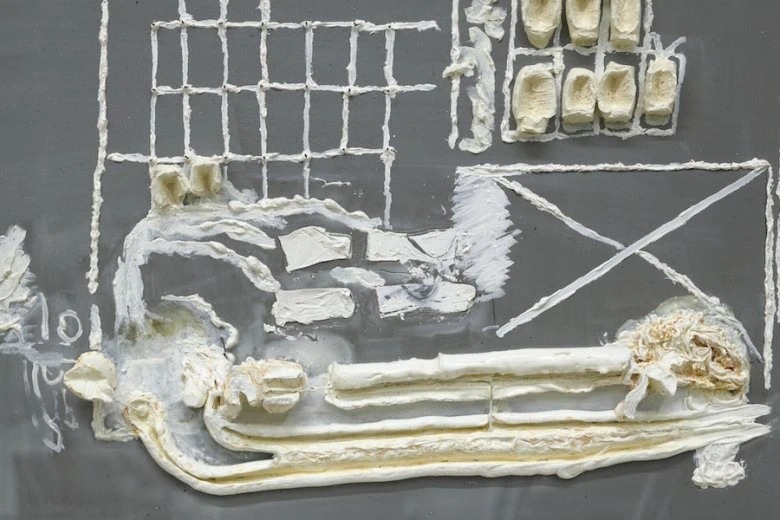
Elza Sīle. Bunny’s Banya / Fear and Trembling
Until 27 October
The exhibition has been formed as an installation-labyrinth that consists of more than 200 elements, covering a floor space of 1,500 m2. The artist presents her vision of what and how from the existing cultural heritage would appear in objects and environments made by people themselves. Imagine the world after a global disaster in which you are one of the few survivors. Almost all the technology is gone, only a fraction of the knowledge and tools are left, but the fear of nature's power has returned. Yet, the man has decided to hope and wants to express this newfound hope in some physical form – but what might that look like?
Elza Sīle (1989) is a Latvian artist living in Switzerland who uses elements of painting, sculpture, computer-generated imagery and text elements in her work. Her work has been exhibited in Paris, Zurich, New York, Tokyo.
Kim? Contemporary Art Centre
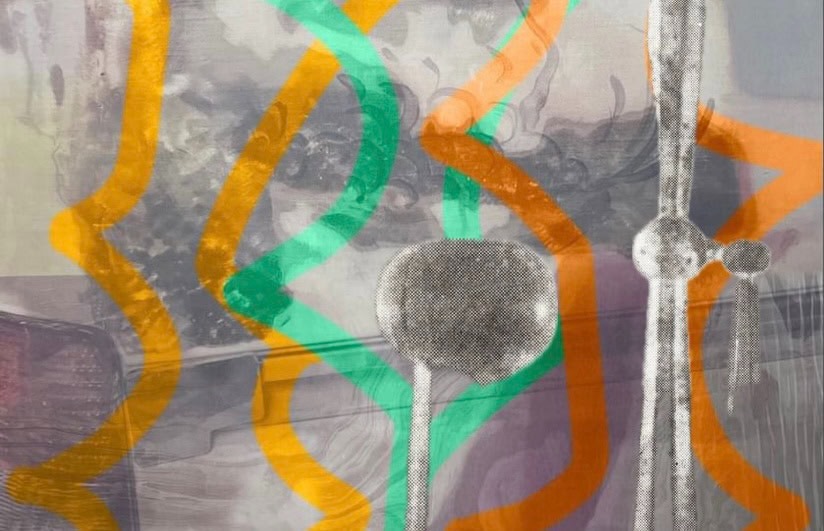
Inga Meldere and Luīze Nežberte’s duo exhibition “Sunpoles”
21 September - 17 November
The autumn exhibition program of the Contemporary Art Center Kim? is introduced by a special collaborative work – a spatial installation created by Inga Meldere and Luīze Nežberte, featuring newly created works by both artists, as well as pieces previously unexhibited in Latvia. The exhibition space includes several series of works: sculptures, installations, drawings, and paintings that explore and reflect on the nuances of regional social and cultural history. These series create a dialogue between the practices of two artists from different generations, where the revival of narrative in visual art resonates, alongside an ethically grounded approach to material and respect for the testimonies of the past.
Zuzeum Art Centre
Donna Huanca. Utopic Cells
20 September – 24 November
UTOPIC CELLS is a solo exhibition by American artist Donna Huanca. This multi-sensory project incorporates painting, sculpture, video, sound, and scents. UTOPIC CELLS marks the artist’s most comprehensive, large-scale, solo institutional exhibition in the Baltics. The exhibition presents a multi-dimensional landscape guiding the viewer through a translucent, biodegradable membrane that creates a new architecture within the open plan of Zuzeum. These translucent “cells” sculpt and shape the space, dividing them into a multitude of intimate enclosures while gradually expanding and contracting as we progress through the exhibition.
Donna Huanca builds a new and experimental scenery with each of her installations, always hinting at previous bodies of work and still, crafted with attention for its singular context and architecture. She uses materials intimately connected to the natural world, such as oils, sand, and clay. Huanca’s paintings exist as microcosms of her performances, which involve painted bodies adorned with clay, textile, or pigments. Canvases are enlivened by fragments of paint, latex, and other artificial yet skin-like materials, entering in an intimate dialogue with the surrounding organic components, overlaid with a dense, gestural layering of paint reminiscent of ritual and ceremonial practices. Donna Huanca’s totemic sculptures merge clothing, natural fibers, synthetic hair and other cultural artifacts, which are then taken apart and reassembled to build intricate and abstract three-dimensional entities. Coated in textured paint mixed with sand, these shapes shelter and display parts of the exhibition space, drawing on natural mineral patterns and rock formations, recalling the pigments used in her paintings. Embedded in the installation are sound and scent works that further immerse the viewer in this multi sensory universe.
ISSP gallery

Zane Priede. Marmoleum Real 2mm
Until 26 September
The still lifes created in the studio of Zane Priede are based on the aesthetics of the 90s. The photographs depict objects and materials typical of that time, which in contact with people's emotional experiences form a landscape of material memories. In her compositions, memories of the past are transposed into present-day scenographies, narrating through artistic practice the interaction between time and things. Whereas the materiality of objects helps shape our shared world and the experiences through which we build relationships with our environment and each other.
Life amid Soviet greyness exposed us to the new materialities of 1990s capitalism and consumerism, which ultimately became cheap imitations. Gypsum, linoleum, various plastic and glass objects, and a reference to food culture in the images created by the author, transfer memories to today. The nineties are still present and can be felt in Zane's hyperbolised images and our homes, DEPO, small village shops and elsewhere, evoking a nostalgic aftertaste.
Maksla XO gallery
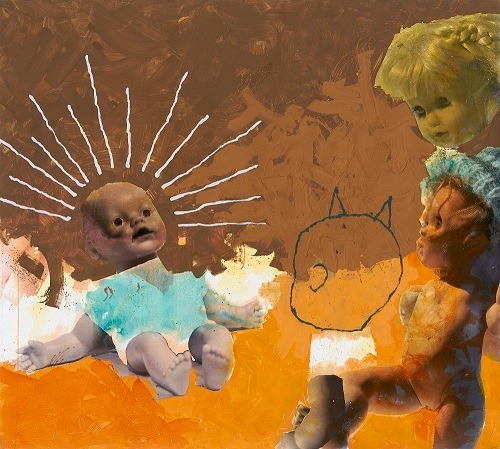
Janis Mitrevis. Re-Evolution
Until 21 September
Janis Mitrevis is one of the first brilliant postmodernists in Latvian contemporary painting. Member of the Latvian artist group “Gentle Fluctuations”. Since the 1980s, he has been known for his individual neo-expressionist style painting, which can be compared to the mass arrangements of brutalist architecture, the form of expressive volumes and the rough surface texture – ambitious and free painting, playful brutality in strokes, castings and drips of paint. A conceptual approach to painting and creating monumental environmental objects, combined with a touch of witty irony. Janis Mitrevics plays and manipulates with a story and techniques – drawing, photography, computer graphics, silk print and monumental oil painting.
In the solo exhibition “Re-evolution,” we see a revival of Janis Mitrevics’ monumental, expressively colourful, and sometimes surreal figuralism, in which the main character is primarily a man – precisely a “rebellion of men.” One of Janis Mitrevics’ central works in this exhibition is titled “Young Man.” The newborn’s head is adorned with a glow that evokes a sacred aura and a surprising pop-art touch reminiscent of comic aesthetics. How to understand? References and paraphrases, spontaneous flow of impressions and ironic comments create a well-known Janis Mitrevics’ “disorder”, where the viewer is always given a lot of trust to make judgments in thematic and formal terms.
LATVIA, Daugavpils
Daugavpils Mark Rothko Art Centre
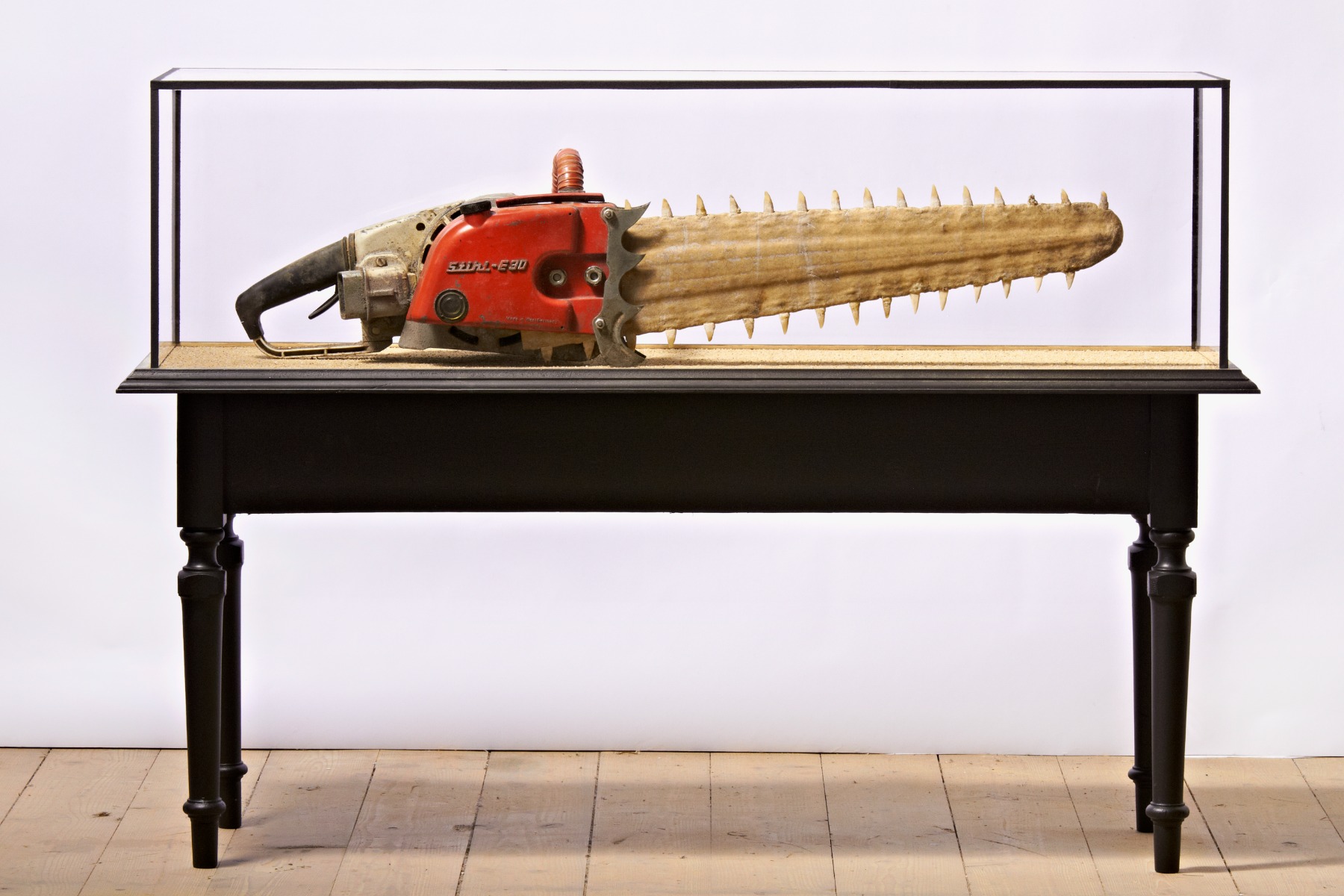
Jan Švankmajer and Eva Švankmajerová. DISEGNO INTERNO: Surrender to Your Obsessions
13 September – 16 February
While the globe is swept up in the celebration of Surrealism’s centennial, “Disegno Interno” marks the ninetieth anniversary of Jan Švankmajer, one of the world’s most influential surrealist filmmakers. “Disegno Interno”, or “internal design”, is a retrospective exhibition that pays homage to two creative greats, Jan Švankmajer (b. 1934) and Eva Švankmajerova (1940–2005). The legendary couple worked together since the 1960s, producing collages and assemblages, drawings and paintings, book illustrations and tactile experiments, medium drawings, and, most famously, iconic films.
“Disegno Interno” is a surrealist voyage into a world where the lines between animal forms, abstract drawings, and intricate book illustrations are blurred to near erasure. The only way to make sense of its internal design is through documenting the bottom layers of our deep subconscious – that is, by chronicling our numerous obsessions and recording our complete surrender to utter mental liberation. All the artifacts in this comprehensive display are the fruit of both artists’ obsessed imaginations and meticulous manual work – their limbs have moved, their minds have roamed, and the result is now on show and talking to the viewer. There is no single code to viewing and deciphering what you are seeing, touching, or maybe casually passing by. The only key is your surrender. It’s the best you have anyway. So come, surrender to your burgeoning obsession to experience the show!
LITHUANIA, Vilnius
LITEXPO
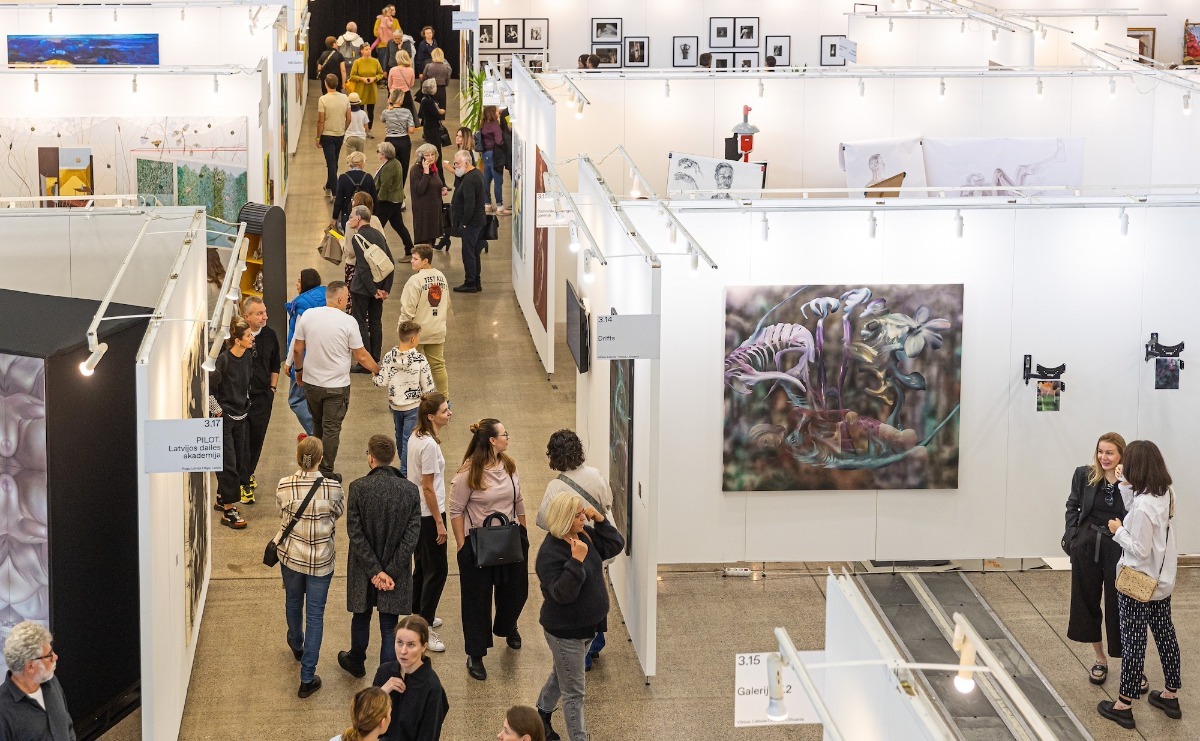
Art Fair ArtVilnius’24
4-6 October
6 contemporary art galleries, 15 art institutions, and more than 300 artists from 14 countries have been invited to participate in the contemporary art fair ArtVilnius’24. The 15th-anniversary edition will take place between 4 and 6 October at the Lithuanian Exhibition and Congress Centre Litexpo in Vilnius. The focus of ArtVilnius’24 is Northern Europe. Among participating galleries, ArtVilnius’24 visitors will see some familiar galleries, such as Māksla XO, Pilot and Alma (Latvia), Tutar Gallery (Estonia), Nivet Carzon (France), TSEKH (Ukraine/Lithuania), galleri NB (Denmark), and from Lithuania, The Rooster Gallery, Baroti, Terra Recognita, AP Gallery, Contour Art Gallery, The Room, Titanikas, among others.
As many as 20 art galleries will participate for the first time. Among the first-timers at ArtVilnius’24 will be Asni Gallery, ISSP Gallery and Cut Art Gallery from Latvia, Davis Gallery and Gallery Hjorth from Denmark, Eristavi Gallery and Louise Gallery from Belgium, Italian 89 Cento Art Gallery, Van Rij Gallery from Poland, and wildpalms from Germany. Itt will also be a first for Kita (Finnland), Sami Center for Contemporary Art (Norway) and Simson Holding (Estonia/Sweden), Lithuanian Parko galerija, Si-V centre, Antanas Sutkus photography archives. For the third consecutive, the ArtVilnius Project Zone has been handed over to Valentinas Klimašauskas, a renowned curator of contemporary art and writer, and co-curator of the Lithuanian National Pavilion of the 60th Venice Biennale. The three-day programme – Agency: Of Mice, Scene & Machines – will showcase the most interesting contemporary artists, galleries, and institutions from Northern Europe.
Contemporary Art Centre (CAC)
Death, circa 1970s, silver gelatin print attributed to Elia Lekodimitri under the pseudonym Emerson. Photograph courtesy of The George Tourkovasilis Estate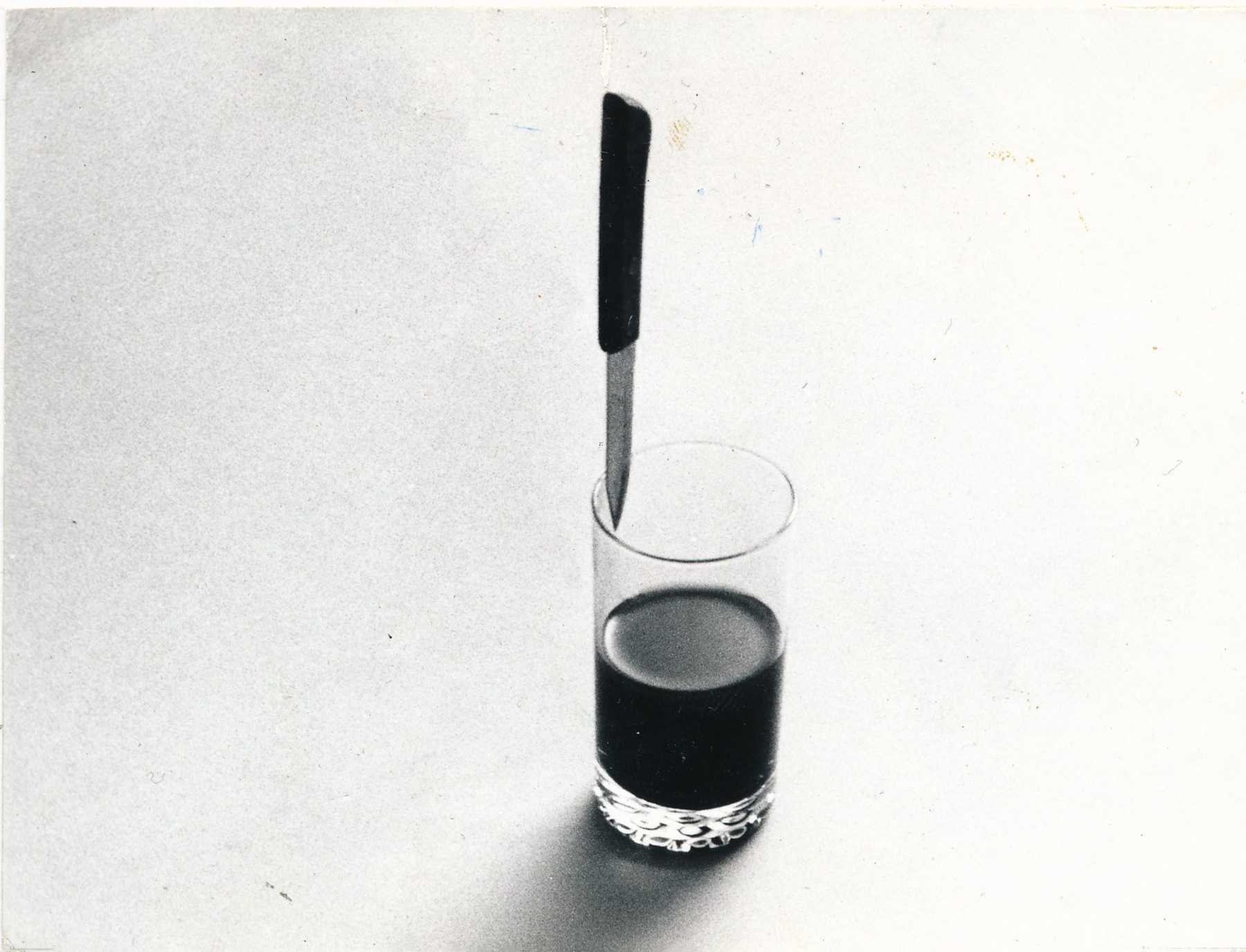
15th Baltic Triennial: Same Day
6 September - 12 January
The Baltic Triennial was first held in Vilnius in 1979 as an exhibition showcasing young Baltic artists working in a non-conformist spirit. Since then it has grown into a major international exhibition in Northern Europe. The upcoming edition is the first international exhibition to be held at the Contemporary Art Centre (CAC) since its reopening after 3 years of renovation. According to Kęstutis Kuizinas, Director of the CAC Vilnius, ‘The curatorial vision for the 15th Baltic Triennial invites us to imagine a ray of light refracting through a prism and transforming into a multitude of narratives that complement, extend and challenge each other. The curators’ multidimensional gaze is directed towards an intuitive perception of the world, based on poetic principles and mechanisms, and through them, seeks engagement with the complex reality and awareness of the ever-changing (geopolitical) reality. I believe that it is this sensitively balanced curatorial approach that will meaningfully continue the history of the Baltic Triennial.”
Same Day includes contributions by Rey Akdogan, Nick Bastis, Kazimierz Bendkowski, Geta Brătescu, Matt Browning, Tom Burr, Elene Chantladze, Josef Dabernig, Aria Dean & Laszlo Horvath, Gintaras Didžiapetris, Jason Dodge, Kevin Jerome Everson, Simone Forti, Michèle Graf & Selina Grüter, Villu Jõgeva, Tarik Kiswanson, Michael Kleine, Běla Kolářová, Jiří Kovanda, Kitty Kraus, Bradley Kronz, Kaarel Kurismaa, Simon Lässig, Ian Law, Klara Lidén, Jolanta Marcolla, Ugnė Nakaitė with Urtė Jarmuškaitė & Pranas Gustainis, Elena Narbutaitė, Ewa Partum, Matthew Langan-Peck, Julie Peeters & BILL, Cameron Rowland, Margaret Salmon, Stephen Sutcliffe, Tanya Syed, Jean-Marie Straub & Danièle Huillet, Raša Todosijević, Thanasis Totsikas, Maria Toumazou, Rosemarie Trockel, Christos Tzivelos, Mare Vint, Tanja Widmann, Marina Xenofontos, and Eiko Yamazawa. The exhibition is curated by Tom Engels and Maya Tounta.
National Gallery of Art
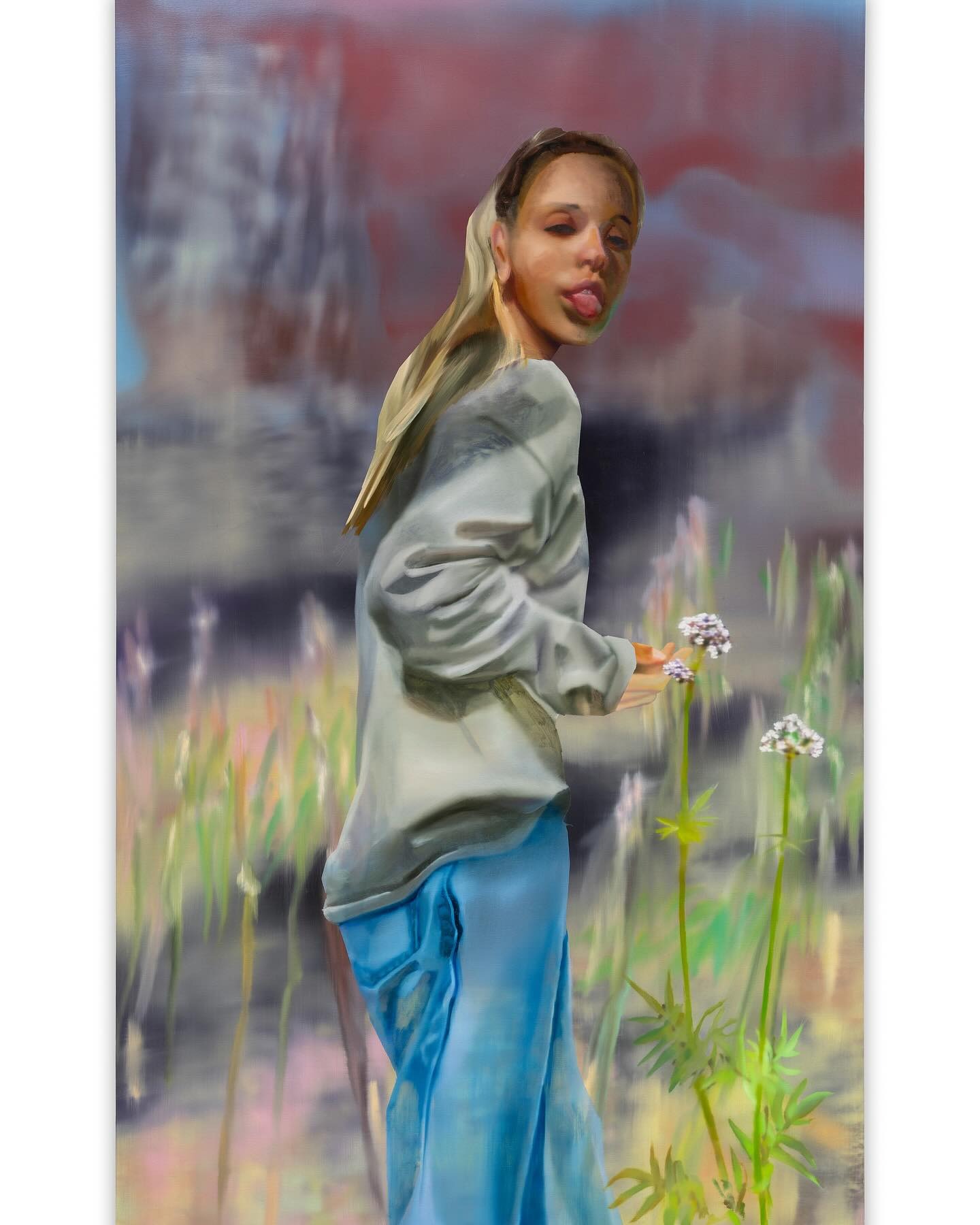
Rūtė Merk. Promises
Until 6 October
The visitors are invited to reflect how the advanced technology alters our bodies, to revisit the very concept of corporeal and how the medium of painting is capable of rendering the desires of our time and the promises of technologies. In her exhibition Promises, Merk, lionized by the Lithuanian and foreign art critics as one of the most intriguing artists of the young generation, opts for the classical genres of portrait and still life and the traditional painting in oils to design the archetypes of our time and their shifting boundaries in the contemporary world. The material and virtual, the natural and artificial, the particular and abstract are bedfellows in her art pieces. The curator of the event Inesa Brašiškė describes how the artist fashions her portraits from the elements dug from digital culture, merged with her personal experience and impressions. “Even though Merk’s portraits flirt with the history of painting, there are no doubts they evoke not the times of folds of robes, but of sweatpants and business casual suits. These are the types representing popular culture and fashion, and the idiosyncrasies of the millennials, produced from bits and parts of the artist’s memories, impressions and a deliberate archeology of the digital culture.
MO Museum
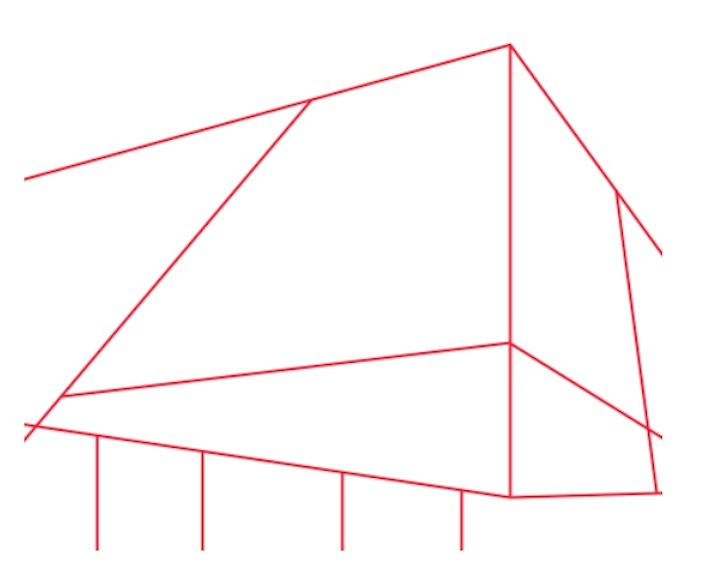
From Within
12 October – 31 August
An attentive and purposeful encounter with art has a positive effect on health. Works of art are multifaceted and integrate various aspects within them – which is why interacting with them has a healing power. Art speaks to us and helps develop resilience, the ability to cope with arising difficulties and act consciously. When we stand still and exist within our internal reaction to a work of art, we allow ourselves to open up to different interpretations and understand our experience in a new way, through different eyes. From Within is the first exhibition in Lithuania to combine art history and psychology on such a scale. By relying on these two disciplines, we encourage reflection on the multifaceted impact of art. The tools of art history help us understand visual language, while psychology guides us toward self-analysis. The questions that accompany this exhibition connect these two fields – like Ariadne’s thread, they help maintain a direction of looking and thinking, compelling us to open up and experience the therapeutic effect of art.
The Radvila Palace Museum of Art

Pakui Hardware. Virtual Care
Until 1 December
The artist duo Pakui Hardware, Neringa Černiauskaitė and Ugnius Gelguda, this year with Marija Terese Rožanskaitė (1933 – 2007) represented Lithuania at the Venice Contemporary Art Biennial. The work presented at the Biennale explored an inflammatory effect of the present economic and social conditions on human and planetary bodies and invited to look for possible ways to heal. Their Vilnius exhibit deals with another aspect of the contemporary health care – robotic surgery and telemedicine.
“The artistic practice of Pakui Hardware builds important bridges between Lithuania and key international art spaces. Both the Inflammation by the artist duo and Marija Teresė Rožanskaitė presented by the Lithuanian National Museum of Art at the Venice Biennale and the Virtual Care at the museum of Radvila Palace immerse the viewer into the most profound aesthetic experience and invite to reflect on imperative medical and technological impact on the human body as well as global utopian and dystopian scenarios for the future. I encourage our audience to respond to this invitation and to visit both, the new contemporary artist duo’s Vilnius event – and the Lithuanian national pavilion in Venice”, Dr Arūnas Gelūnas, director general of the LNMA says.
Pamėnkalnio Gallery
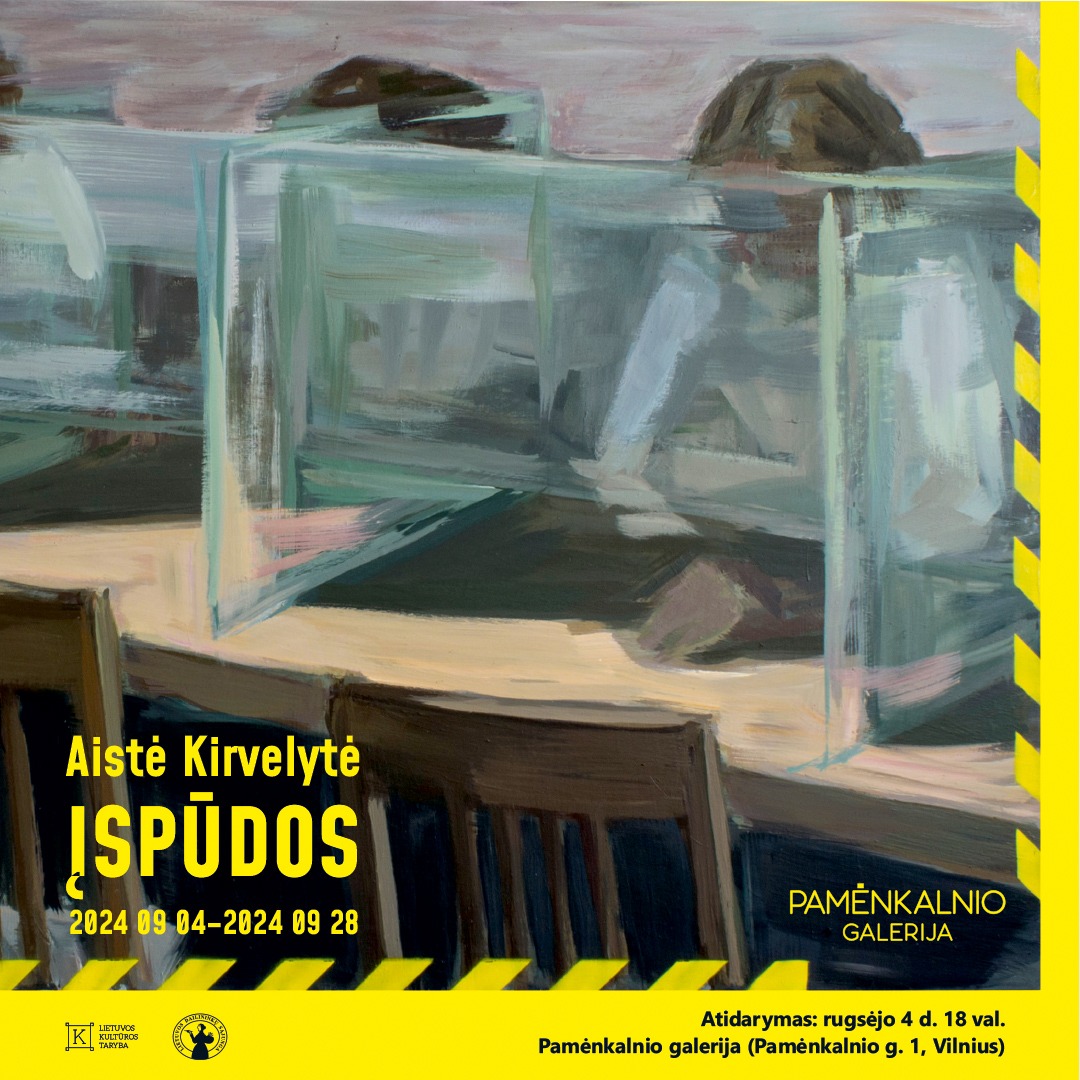
Aistė Kirvelytė. Tensions
Until 28 September
The exhibition’s title is inspired by the writer Rachel Cusk’s quote that creation “comes out of tension, the tension between what is inside and what’s outside. Surface tension, isn’t that the phrase – actually that’s not a bad title”. The images in Aistė Kirvelytė’s exhibition are impressions caused by the flow of information. However, these are not just random quick flashes, but rather imprints formed by the force of pressure. The artist uses images, single frames, or fragments from various information sources. They are combined, overlaid, and manipulated. Her paintings highlight the rewriting of narratives, wordplay, the paradoxical nature of titles and names, and the concept of creating collective memory.
Among the themes and motifs of the exhibition are: the misleading location signs in Ukraine to confuse the enemy; the story of a sinking warship and its cover-up in the Russian media; the inadequate relationship between the actual catastrophe and the senseless debate about “de-escalation of the war”; the “patriotic upbringing” of children and the peculiarities of religious morality in a terrorist state.
Kazys Varnelis House-Museum

Monika Radžiūnaitė. And I’m Only Human
Until 2 October
Monika Radžiūnaitė (born in 1992) is a representative of the young painters’ generation of Vilnius. The artist’s characteristics are irony, the transformation of historical and cultural plots, which is not appealing to the actual, chronological, or thematic reality of past times, but playing with the new links between symbols, allusions, and images. The starting point of her creation was the exposition at Kazys Varnelis House-Museum – an installation based on aesthetic and meaningful constellations of different epochs, a space of timeless museum sacralism that stretches beyond the boundaries of everyday life. Varnelis’ conception of space was greatly influenced by many years of practice in the field of ecclesiastical art, but there are no direct references to sacred art in the museum. The concept of the exhibition is based on the creative error strategy developed by M. Radžiūnaitė. “Erroneous” reading is revealed in the artist’s recreated iconography, in the titles of paintings translated into Latin by using a Google translator, in glitch-gothic exhibition architecture. The viewer is provoked to critically reflect on the interaction between text and image, on the error, which is unavoidable even in the technological era, and on the excessively serious approach to the heritage of the past.
LITHUANIA, Nida
Nida Art Colony of Vilnius Academy of Arts

RESONANCE BEYOND ESCAPE: QWORKAHOLICS ANONYMOUS III
Until 6 October
QWORKAHOLICS ANONYMOUS reimagines the format of de-addiction programs “Alcoholics Anonyomus” to create space for ‘doing nothing’, asserting that Trans and other radical figures do important work in their very acts of survival. This is a project initiated by artist-curator Fadescha, part I (2020) and part II (2022) took the form of video works. Part III comprises an artist residency and an exhibition curated by Party Office at Nida Art Colony of Vilnius Academy of Arts, Lithuania. Participants include mid-career and emerging artists mostly living away from their homelands — countries with different colonial histories and present. Anna Ehrenstein, Blue Paul Fleming, Gabriele Gervickaite, Margot Vic, Malik Irtiza, Mihaela Drăgan, Mila Kostianá, Rafiki, Noor Abed, Pêdra Costa, Queer Falafel, Shripad Sinnakaar, Simon(e) Jaikiriuma Paetau + Natalia Escobar and The Albanian Conference (Anna Ehrenstein, Fadescha, Rebecca Pokua Korang, DNA).
The exhibition RESONANCE BEYOND ESCAPE: QWORKAHOLICS ANONYMOUS III, through poetry, performance-videos and video art, illustrates resemblances in the complex and diverse colonial histories that engulf us and that we embody, asserting the need for personal agency in one’s story and collective allyship against the supremacist order. Throughout the exhibition, from June to October, along with a programme of film screenings and lectures curated by Party Office, NAC will invite interludes by Lithuania-based organisers and artists to critically illustrate their positionality within the discourse of race, post-colonial nationalism, global economics and neo-liberalism.
Title image: Andris Eglītis. Work from the series “Through the Darkness”. 2023. (Detail)


